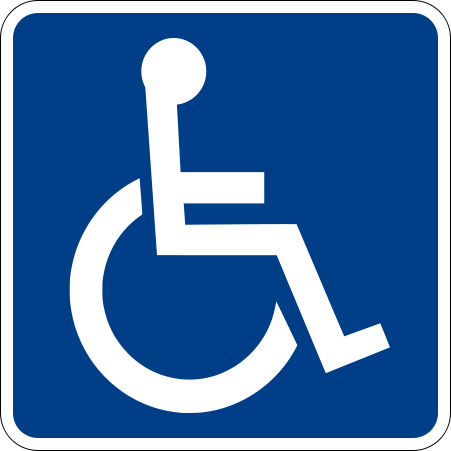

Popular nature areas that are highly accessible for most citizens are often anything but for people with disabilities. Recognizing this, the City of Coeur d’Alene in Washington recently made an announcement that it plans to smooth out some parts of the popular Tubbs Hill hiking area to make them more accessible to people confined to wheelchairs. The decision to alter about 1,000 feet of trail was made after requests from some wheelchair-bound are residents, including veterans. Once it’s completed, the new handicapped-accessible trail will be reached via the South 10th Street trailhead.
“I think it’s a huge step for our disability community to be able to have access to the things that we take for granted,” Doug Eastwood, who retired last year as the city parks director, told The Spokesman-Review.
The project will be completed in a way that maintains the natural beauty of the area to allay concerns of those who believed it would alter the hiking trails too radically. Workers will begin by smoothing out some of the hilliness of the trail, removing small outcroppings of rocks and tree roots, and reusing rock and soil in spots, Monte McCully, the city’s trails coordinator, told The Spokesman-Review.
“We’ll take out all the steep spots and bumpy, rocky stuff,” he said.
Also this fall, the Nez Perce-Clearwater National Forest in Idaho constructed two new trails. One of them offers wheelchair bound visitors a handicapped-accessible link from the Lolo Pass Visitor Center to the Glade Creek campsite, an area of historical interest as it was used by the Lewis and Clark expedition. The new trails, which were widened and covered with gravel, were funded by a grant from the Idaho Department of Parks and Recreation, according to the Great Falls Tribune.
The initiatives are part of a broader trend to open up more recreation areas to people with disabilities. The National Park Service has engaged in an accessibility initiative in recent years, ensuring that the areas under their jurisdiction have accommodations for people in in wheelchairs. In some cases, it has been the result of legal settlements: a suit filed by disabled rights advocates against the National Park Service earlier this year resulted in a promise by the NPS to make alternations to the Golden Gate National Recreation Area in San Francisco to make it more accessible to people with disabilities.
“This is the first class-action settlement improving access for the blind and people who use wheelchairs and walkers and such in a national park system, ever,” Stuart Seaborn, an attorney with Disability Rights Advocates, told the San Francisco Examiner. “We’re hoping to use that as a model for other systems, whether it’s national or state parks.”

